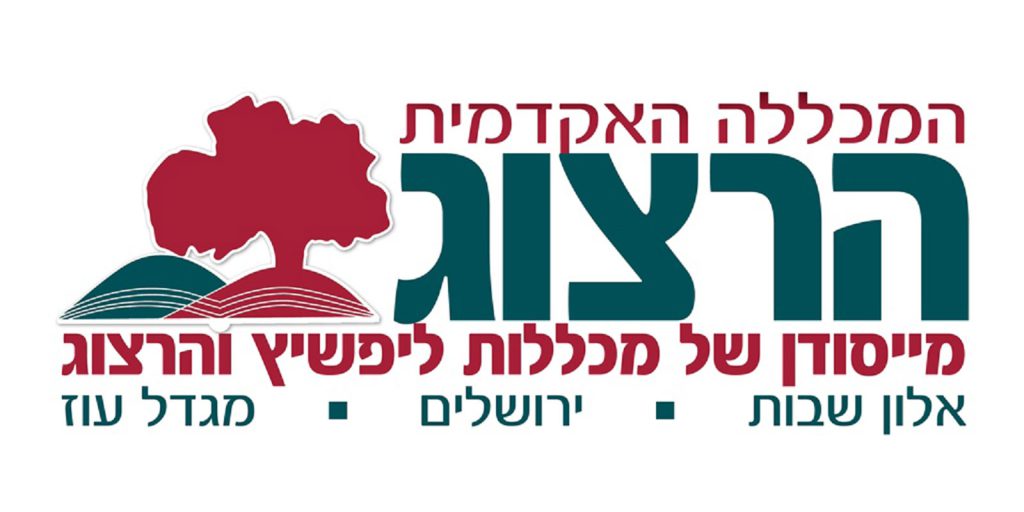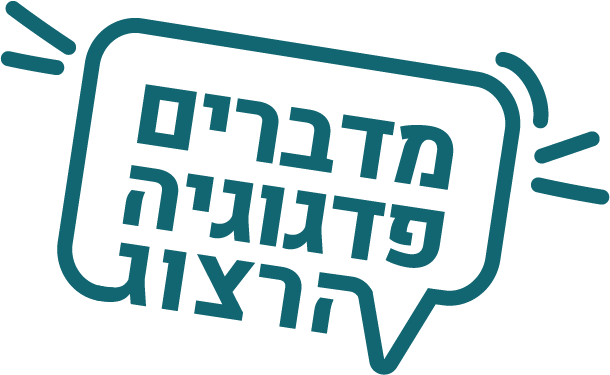Authentic materials—texts, videos, and audio created for native speakers—offer learners a unique opportunity to interact with real-world language. Unlike traditional textbook exercises, which often simplify language and context, authentic materials expose students to the complexities and nuances of everyday communication. This exposure not only improves their linguistic competence but also deepens their understanding of cultural and contextual cues, making them more confident and capable communicators.
Moreover, authentic materials can be tailored to suit various proficiency levels and learning objectives. For beginners, teachers might use short, visually rich videos or simplified news articles, while advanced students could engage with podcasts, literature, or even social media content. The key is to select materials that are relevant to students’ interests and experiences, which fosters motivation and encourages independent learning.
Authentic materials are all around us, waiting to be used in the classroom. You can easily find these resources by stepping into a hotel to pick up a free city map in English, browsing the internet for articles, or downloading a podcast on a topic of interest. Even everyday items like product labels or restaurant menus can serve as valuable learning tools. By gathering and utilizing these resources, teachers can provide students with a rich array of language experiences that mirror real-life situations.


